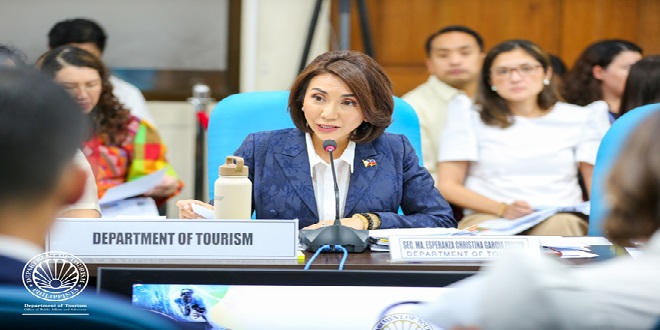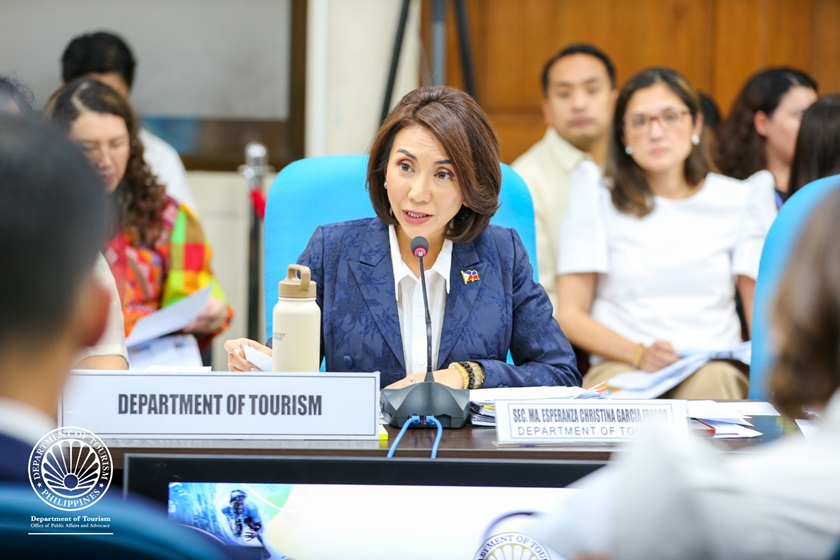

Department of Tourism (DOT) Secretary Christina Garcia Frasco has proposed a new flagship initiative: the creation of 24/7 tourist courts to expedite the resolution of cases involving tourists.
Secretary Frasco introduced the proposal during a recent sectoral meeting with President Ferdinand R. Marcos, Jr. at Malacañang. The President agreed that the Philippine National Police (PNP), the Department of the Interior and Local Government (DILG), and the Department of Justice (DOJ) will collaborate with the DOT to investigate and prosecute crimes related to tourists.
“We are currently working with the DOJ and planning to collaborate with the judiciary department to establish a 24-hour tourist court for addressing crimes involving tourists,” Secretary Frasco stated during a briefing on the DOT’s proposed budget for the 2025 fiscal year at the House of Representatives in Quezon City on August 20.
Frasco acknowledged that there is room for improvement in the Philippines’ tourism sector but assured that the DOT is committed to enhancing visitor experiences. This includes lobbying for expanded connectivity and developing new tourism offerings for promotion.
In addition to establishing tourist courts, the DOT is enhancing security by increasing police presence in tourist-heavy areas. Over 8,000 police officers have been trained under the DOT’s Tourist Oriented Police for Community Order and Protection (TOPCOP) Program, in partnership with the DILG and PNP. Additionally, 270 barangay tanod and barangay intelligence network members are being trained as police multipliers to further bolster security.
“As a former mayor, I understand that the number of police officers alone isn’t sufficient for the population, which is why we are expanding our program to include training for barangay tanod and barangay intelligence network members in various local government units,” Frasco explained.
The DOT is also collaborating with the Department of National Defense (DND) to strategically develop tourism, particularly in key areas of the country. “Our goal is to build confidence in tourism throughout the Philippines,” she added.
Regarding security concerns in Mindanao, the DOT signed a Memorandum of Agreement (MOA) with the DND and DILG last May to promote the region as a safe and appealing destination. The agreement focuses on responsible tourism, preserving natural and cultural heritage, and fostering inclusive growth in Mindanao and beyond.
This initiative aims to create equal tourism opportunities for all regions, especially those that have previously faced challenges. Several embassies have responded positively, adjusting their security advisories for travelers to the Philippines.
As of August 19, 2024, the Philippines has welcomed 3,860,730 international visitors, with 92.05 percent being foreigners (3,553,720) and 7.95 percent being overseas Filipinos (307,010). The top 10 source markets are South Korea, the United States, Japan, China, Australia, Taiwan, Canada, the United Kingdom, Singapore, and Malaysia.






